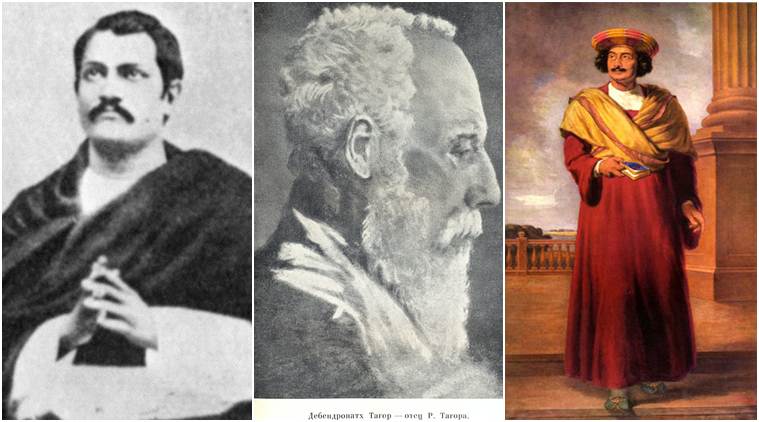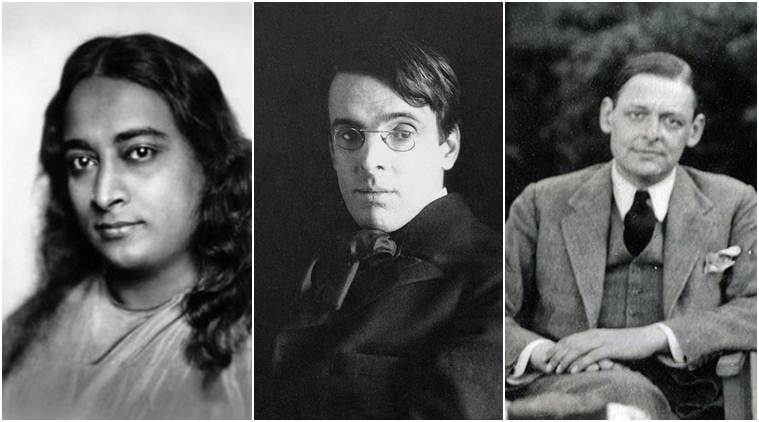[ad_1]
In 2014, the United Nations General Assembly (UNGA) declared June 21 as International Yoga Day. The idea was to celebrate ancient Indian physical and spiritual practices around the world and spread awareness about their benefits. However, the art of yoga has been widely popular in the West for decades now. As a scientific method of spiritual practice, the appeal of yoga lies in the fact that it can bridge the gap between science and religion, a rift that was a product of the European Reformation. Evolving as an academic science on the one hand and as something like a religious practice, yoga’s popularity in the West has grown in a manner quite different from the appeal it had in its native country.
If one were to trace Yoga’s journey in the West, we would have to start from September 11, 1893, when Swami Vivekananda delivered his famous speech in Chicago at the Parliament of Religions. Vivekananda’s powerful sermon on the spiritual superiority of the Indian religious tradition, immediately won him the admiration of Americans. In the months that followed, the Indian mystic found ways and means to spread awareness about ancient Indian spirituality in the West and found yoga to be the best concept to help him in the process.

However, in order to understand Vivekananda’s appeal in the West, one also needs to put his philosophy and activities in time and reflect on the historical process that worked in his favour. Vivekananda, who developed spiritual inclinations in the late nineteenth century, was a product of the new Vedantic movement that took hold in Bengal as a reaction to the missionary colonization of British Christianity. The founders of the Brahmo Samaj movement combined Vedic concepts with Western humanism. Against this background, the founder of Brahmo, Keshab Chandra Sen, developed a modern form of yoga that drew on both ancient Indian texts and Western scientific concepts.
Sen’s concept of Yoga would appear in the teachings of Narendranath Dutta, the man who would soon be known as Swami Vivekananda. Vivekananda stayed at Sen’s ashram and was later introduced to Ramakrishna in 1881 by him. As the American Indologist David Gordon White writes, Vivekananda was in every way the heir to the legacy of the neo-Vedantic teachings of the Brahmo Samaj.
 From left, Keshab Chandra Sen, Debendranath Tagore, and Raja Ram Mohan Roy- founders of Brahmo Samaj. (Wikimedia Commons)
From left, Keshab Chandra Sen, Debendranath Tagore, and Raja Ram Mohan Roy- founders of Brahmo Samaj. (Wikimedia Commons)
After Ramakrishna’s death, Vivekananda traveled far and wide within India to gather financial support to spread the gospel of Hindu reform and social uplift. Hoping to expand his efforts further, he traveled to the United States in 1893 where he delivered his famous speech. “In seventeen days,” White wrote, “he descended a dozen times before the crowds could enlarge, in his flamboyant robes and his pale yellow turban.” He quickly became a media sensation, attracting followers from all over America.
In the summer of 1894, Vivekananda added yoga to his curriculum. He derived his decision from the fact that he realized that a large number of people in America longed for a personal experience of Indian spirituality. He went on to found the Vedanta Society in New York in 1895 which continues to flourish today. Furthermore, Vivekananda relied on the new Vedic form of yoga to emphasize the fact that yoga was not an “Indian” tradition and not a Hindu tradition. Moreover, the Western concept of humanism that formed the basis of the new Vedantic yoga made it more attractive to American followers. White writes, “The philosophy of Yoga was for Vivekananda an ideal platform from which to assert the antiquity and superiority of Indian science over that of the West and of Hinduism over Christianity.”
 From left, Paramance Yogananda, W.B. Yeats and T.S. Eliot. (Wikimedia Commons)
From left, Paramance Yogananda, W.B. Yeats and T.S. Eliot. (Wikimedia Commons)
The decades following Vivekananda’s mission are often called in the West the “Yoga Renaissance” in India. The mystic’s teachings were later carried on in the West by others such as Paramanza Yogananda, whose “Autobiography of a Yogi” published in 1946 became very popular all over the world. Then Shri Yogendra traveled to America in 1919 and founded the Yoga Institute of America in New York. Western scholars such as the Roman Mircea Eliade and the German yogi Jakob Wilhelm Hauer popularized the yogic tradition in the West and in particular drew from Patanjali’s Yoga Sutras written in the 4th century CE. Irish poet W. B. Yeats and British writer TS Eliot were instrumental in spreading the popularity of yoga. In the late 1960s, the spirituality in yoga boosted Western consciousness further when the Beatles introduced Maharishi Mahesh Yogi’s Transcendental Meditation Program to the world.
Nowadays yoga is popular all over the western world and is widely recognized as an effective technique for physical and mental well-being.
This article was first published on June 21, 2017.
[ad_2]